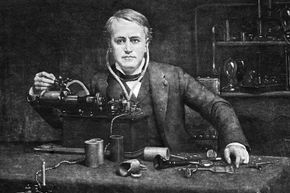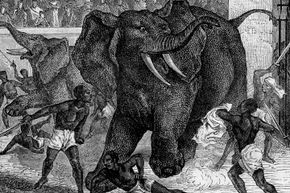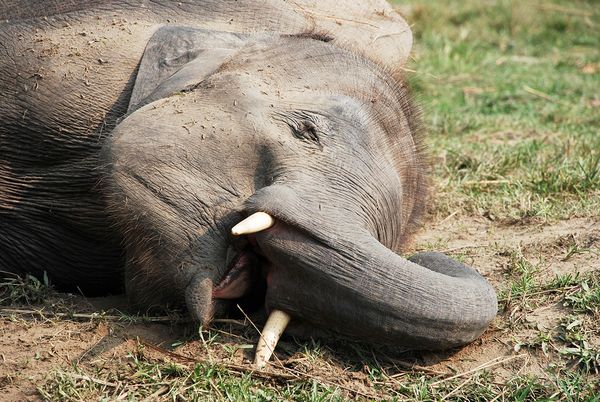Key Takeaways
- Topsy the elephant suffered abuse throughout her life, leading to a reputation for aggression, and after killing a man who burned her with a cigar, her owners decided to publicly execute her as she was deemed too dangerous to keep.
- On January 4, 1903, Topsy was killed in front of 1,500 spectators at Coney Island's Luna Park by poisoning, followed by electrocution using an AC electrical current facilitated by electricians from a company bearing Thomas Edison's name, though Edison himself was not directly involved in the execution.
- The public execution of Topsy became a symbol of the cruelty animals faced during that era and has been misconstrued over time as part of Edison's war against alternating current (AC), despite the lack of direct evidence linking Edison to the event.
The shortest possible answer is that he didn't, at least not directly. Thomas Edison, one of the giants of American history, is often credited (or more accurately, maligned) with using electricity to kill an elephant as part of a publicity stunt. Edison may have been a flawed man, but he probably had nothing to do with elephant murder, although a cursory glance at his background makes it easy to see why many people attribute this act of cruelty to him. The story begins — and ends — with darkness, both literal and figurative.
In the late 1880s, human civilization was still cloaked in darkness. Gas lamps were the primary source of light. Electricity was a novelty, light bulbs were a curiosity, and engineers battled to lay the groundwork for electricity distribution standards that would in many ways dictate the course of humankind.
Advertisement
There were two standards in play, including alternating current (AC) and direct current (DC). In what became known as "The War of the Currents," proponents for each standard touted their method as safer as and more efficient than the other. In one corner was Edison and the DC standard he advocated. In the other was George Westinghouse, who gambled on AC.
DC electrical currents work well at short range. In fact, if you look at the labels for many of your electronics you'll see that they are in fact DC. But DC loses its oomph over a distance, making it hard for power companies to transmit over miles of power lines. AC, on the other hand, can be sent through power lines much more efficiently and then converted to DC at the outlet for home use.
AC, then, was the inevitable winner in the war, but that didn't stop Edison from launching a propaganda campaign against Westinghouse and AC. Edison went so far as to round up stray animals and use AC to electrocute them in front of journalists in order to demonstrate that AC was more dangerous than DC.
Purportedly, as the War of the Currents came to an end, Edison opted for one last stand in hopes of swaying the public that his DC standard was safer and better than AC. His hope was that a widely reported spectacle might stop AC from spreading and instead make DC the current of the future.
As the story goes, Edison found his target in Topsy, a murderous circus elephant that was slated for death. But as is so often the case, that tale is not quite so simple.
Topsy's life ended a century ago, snuffed out in front of a carnival crowd that gathered for a spectacle that became a milestone for both technological progress and animal cruelty.
Advertisement



